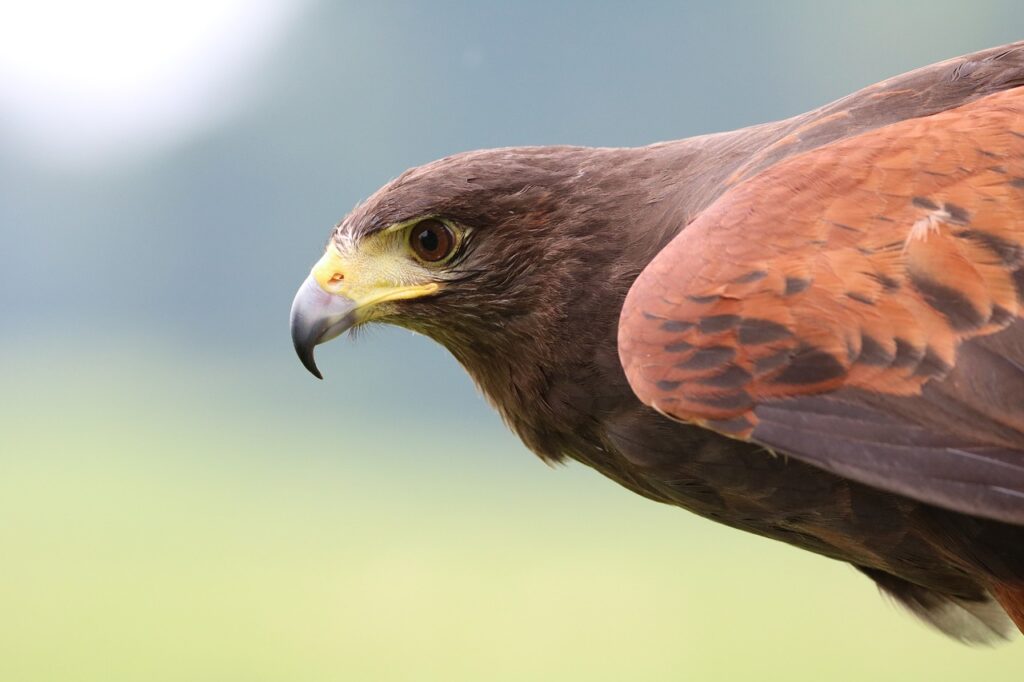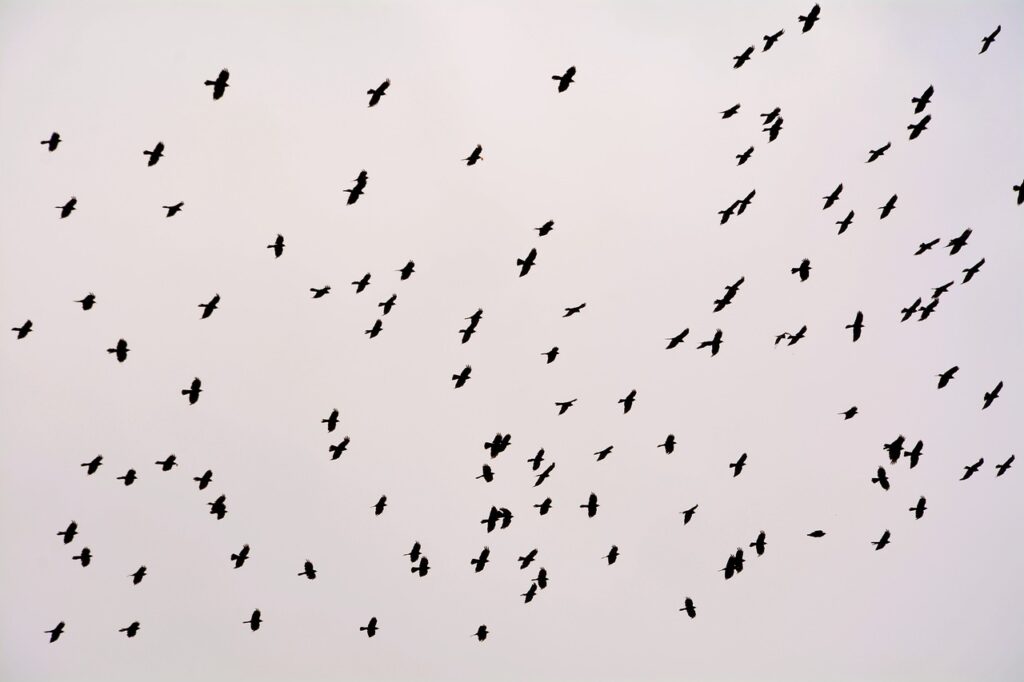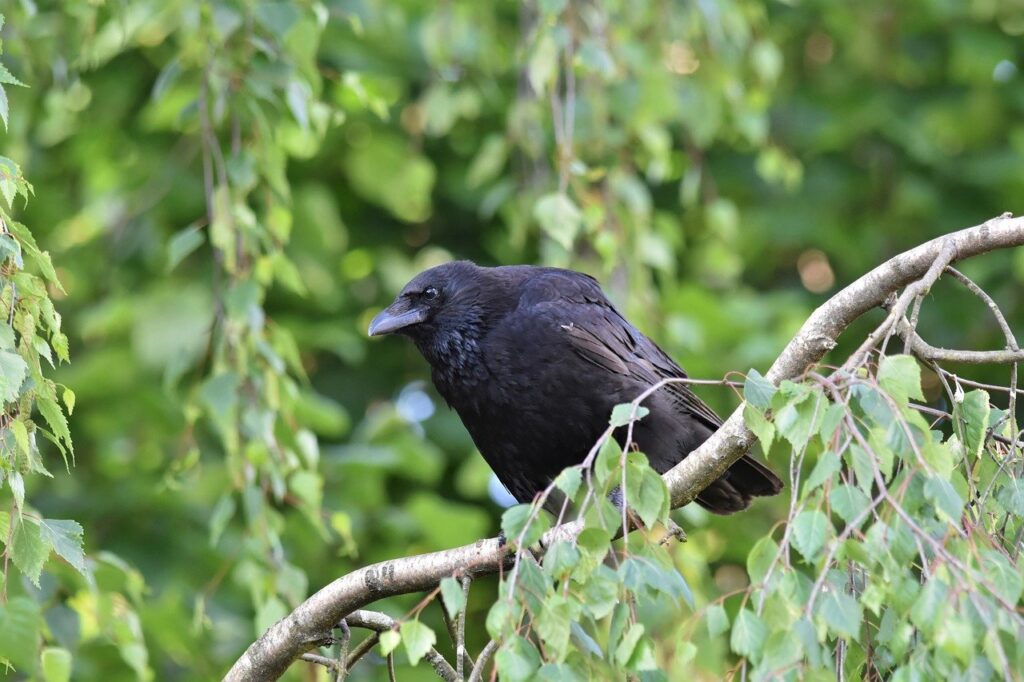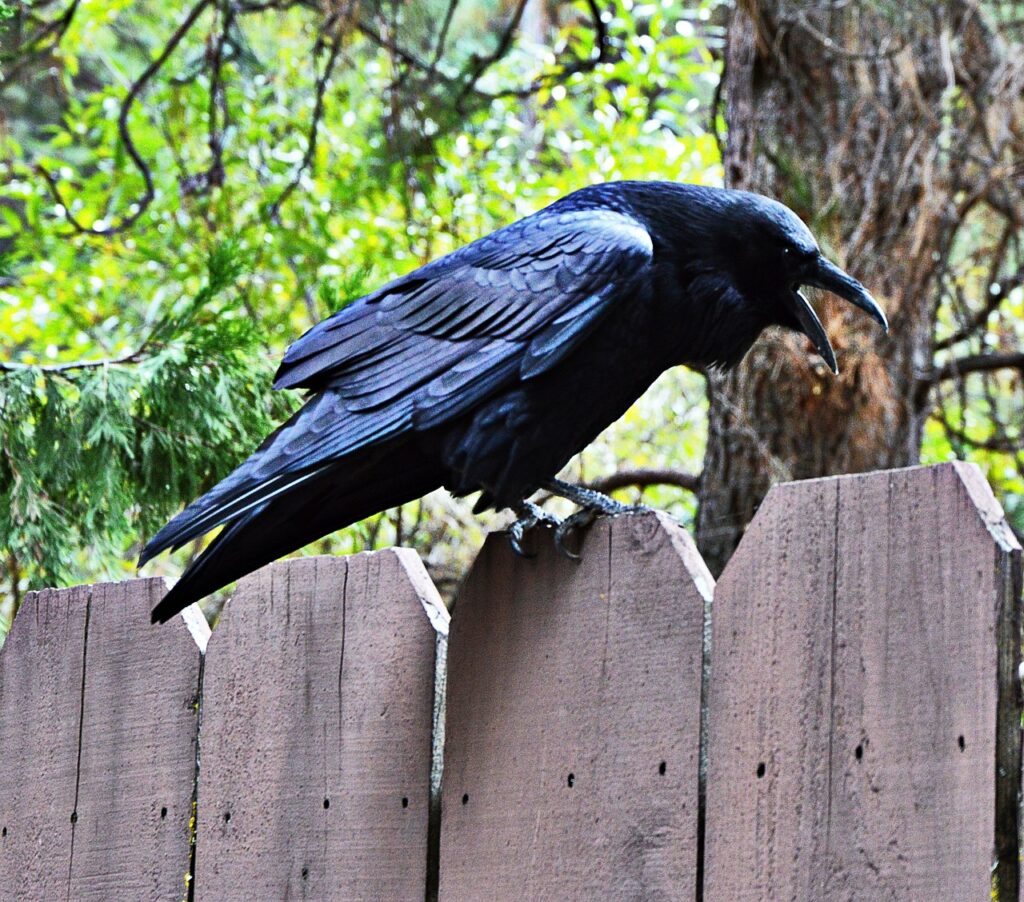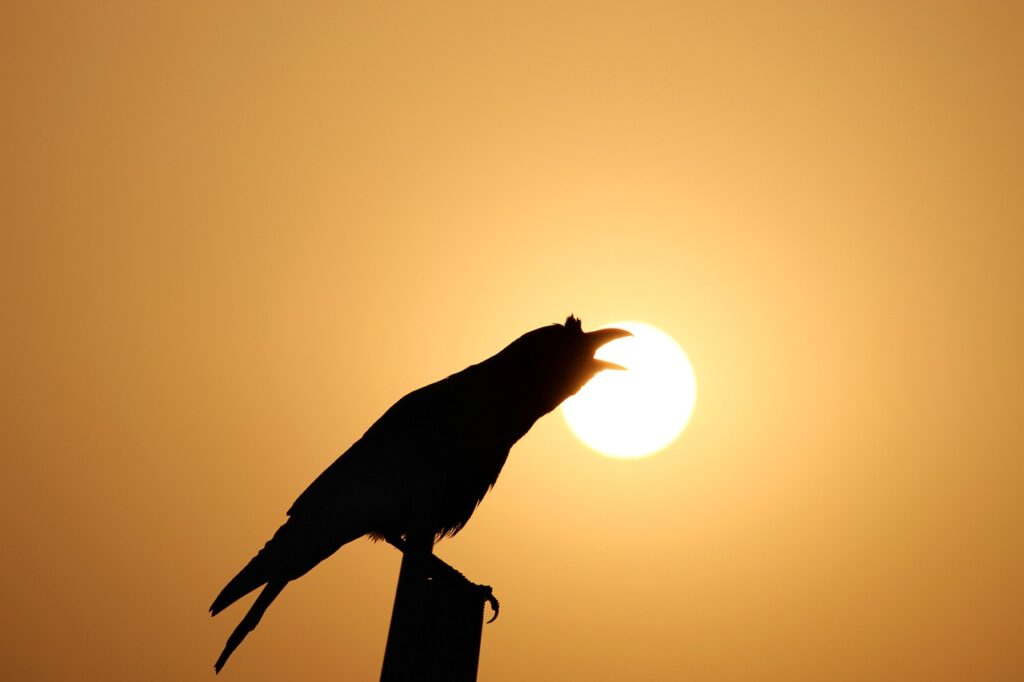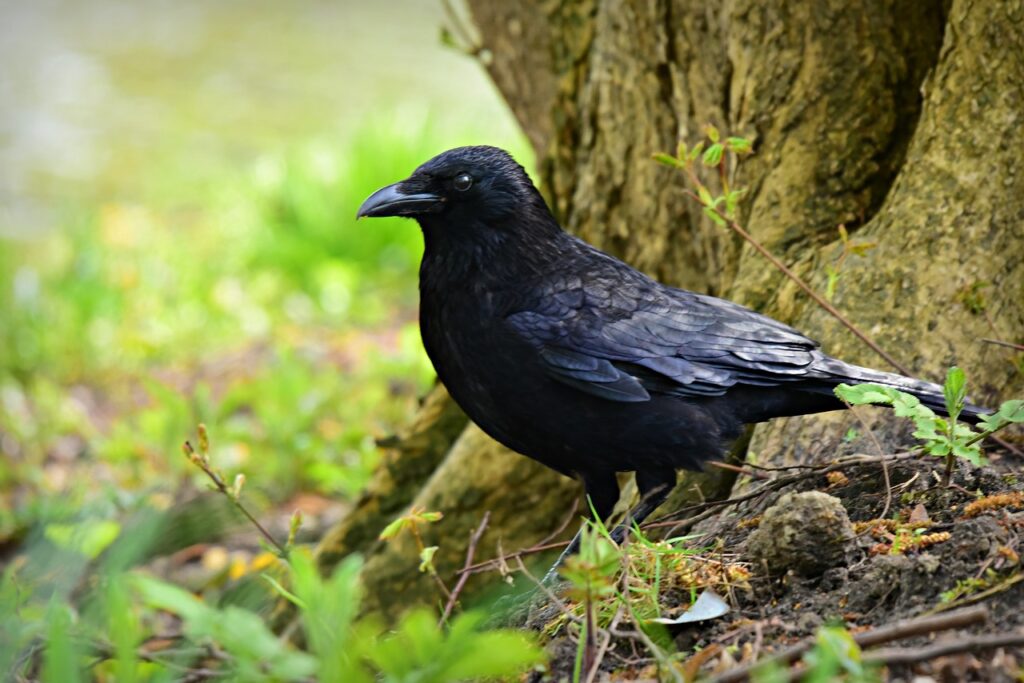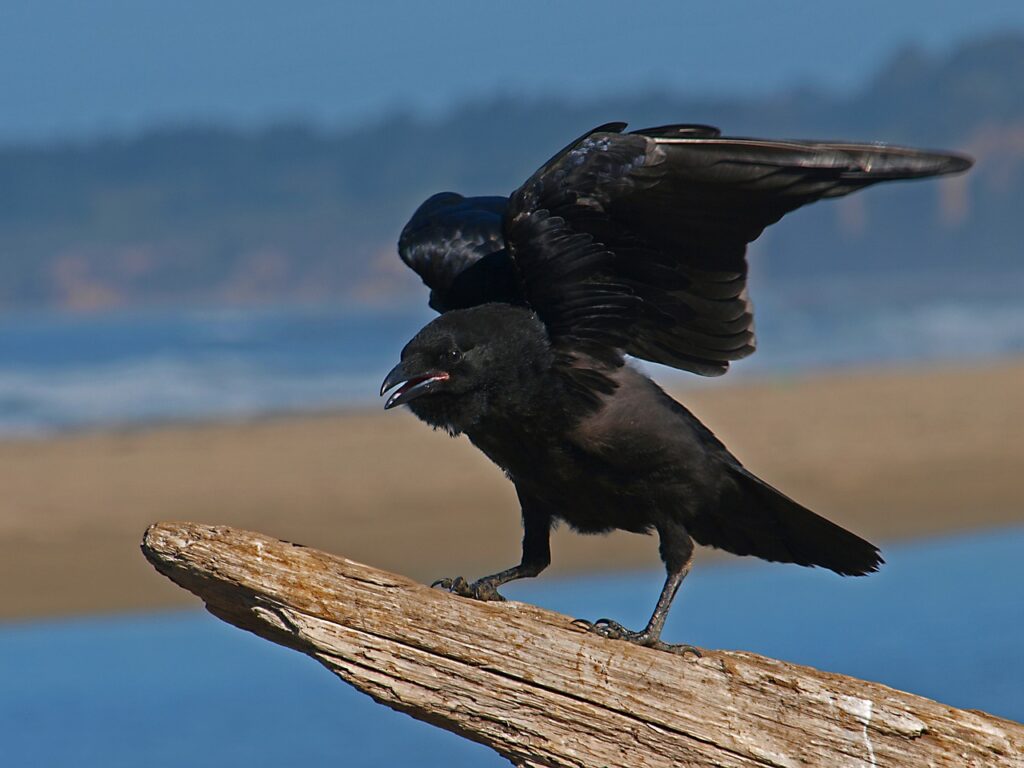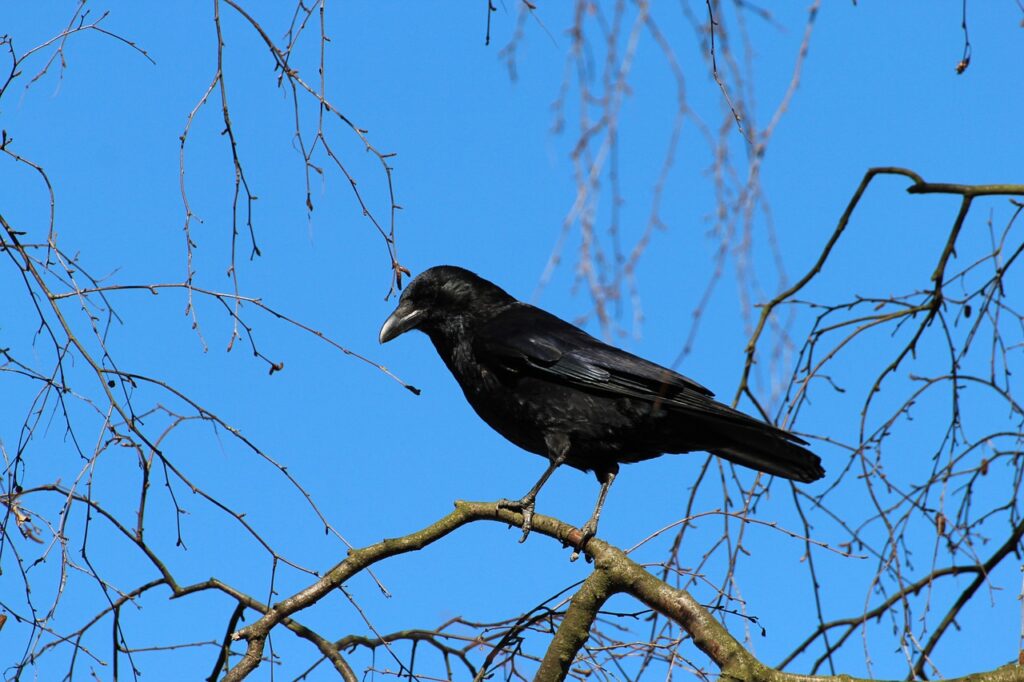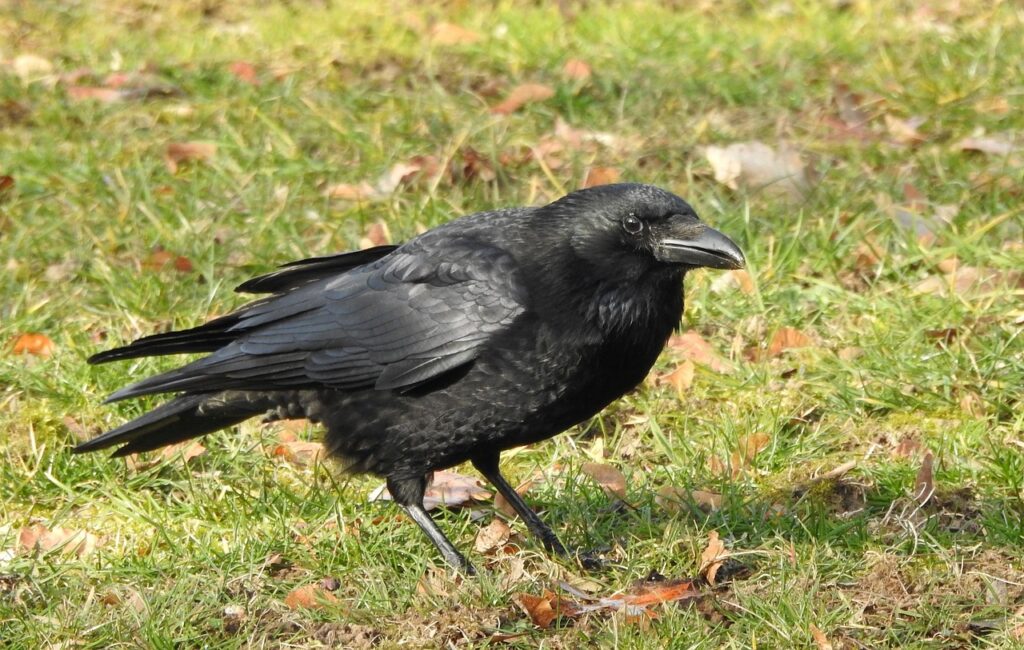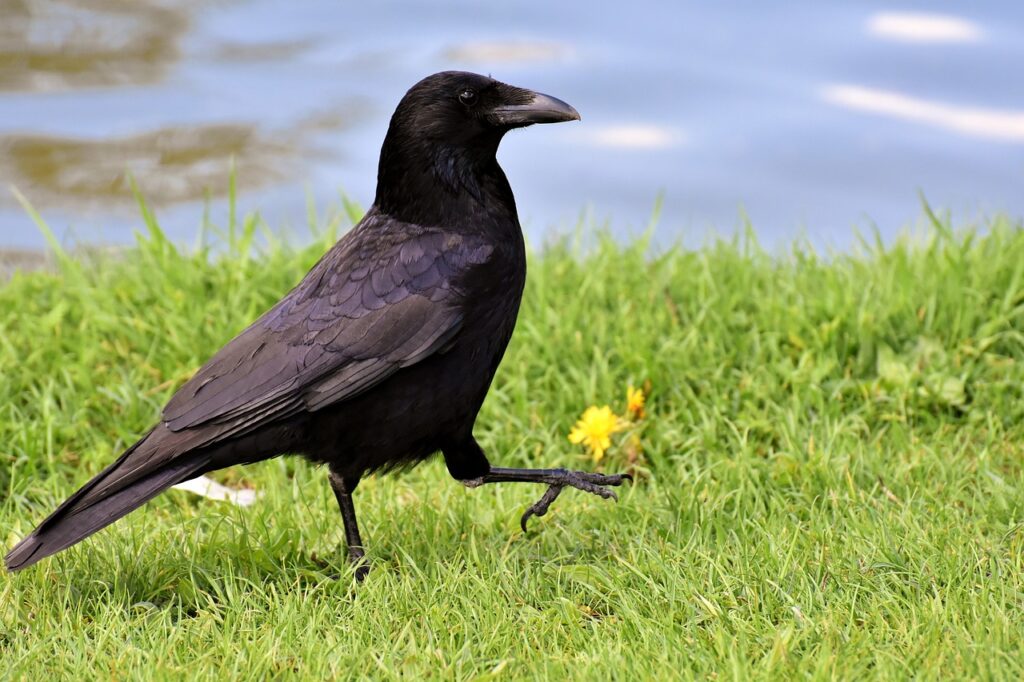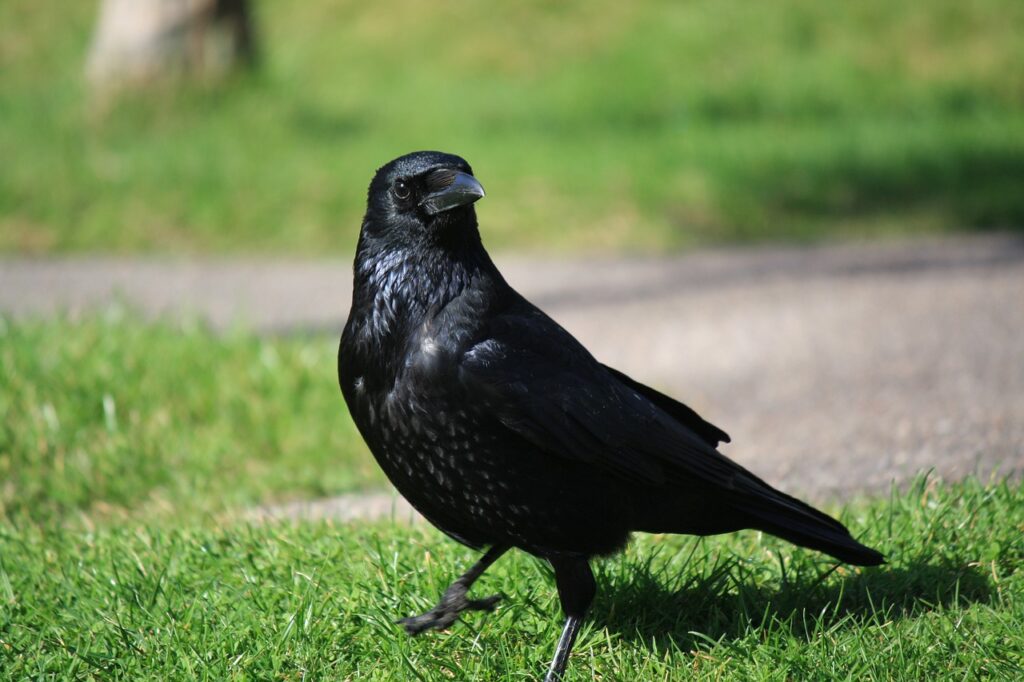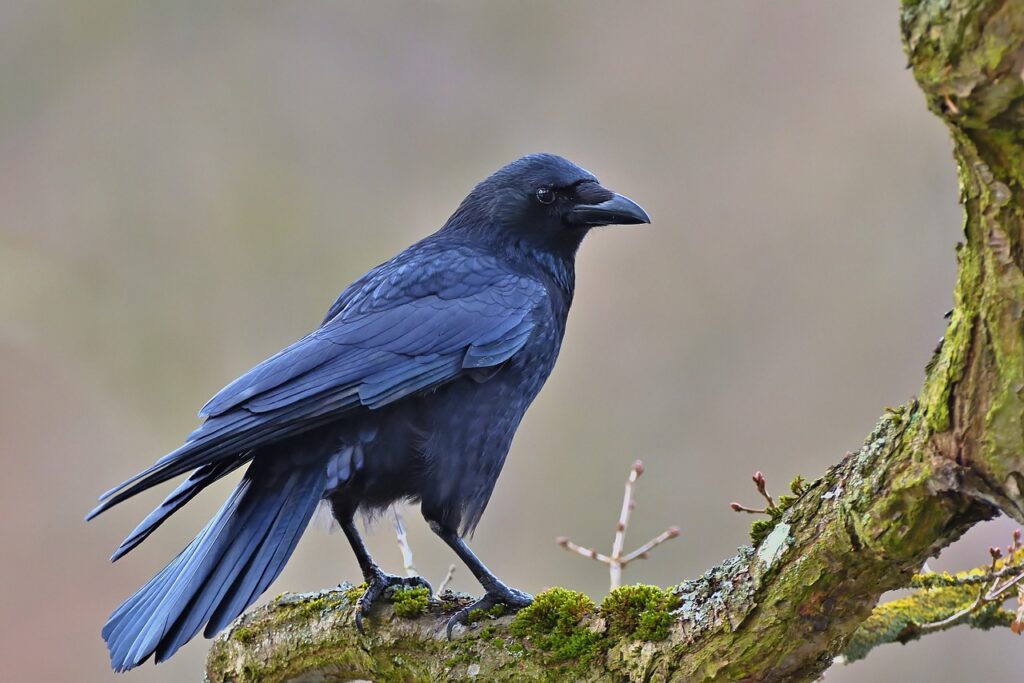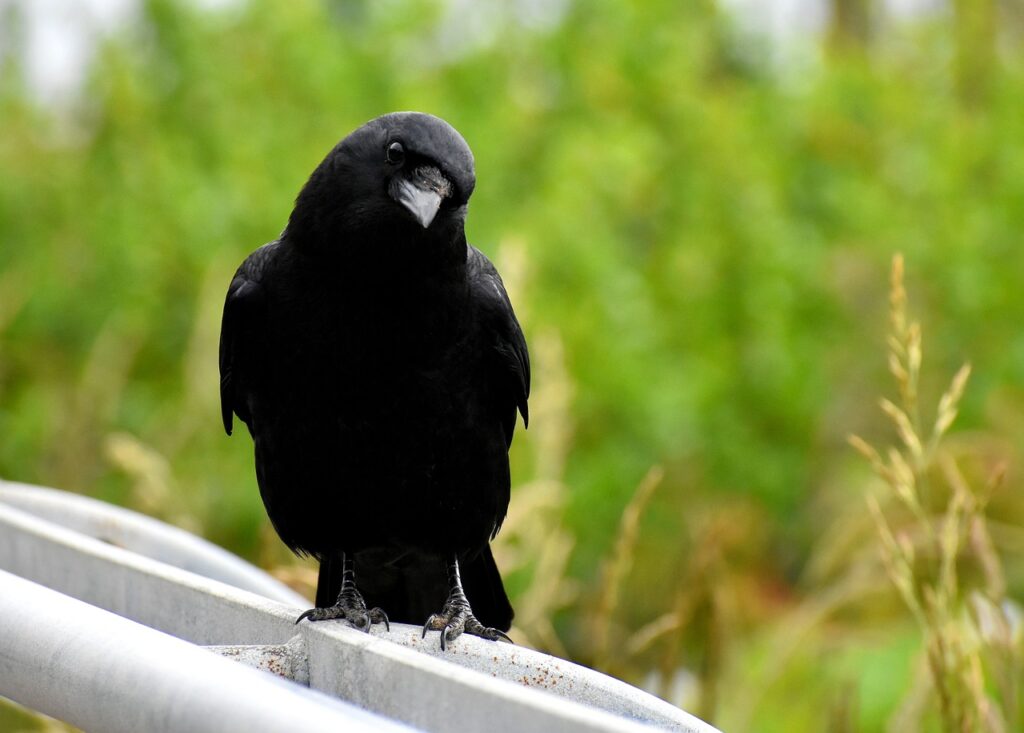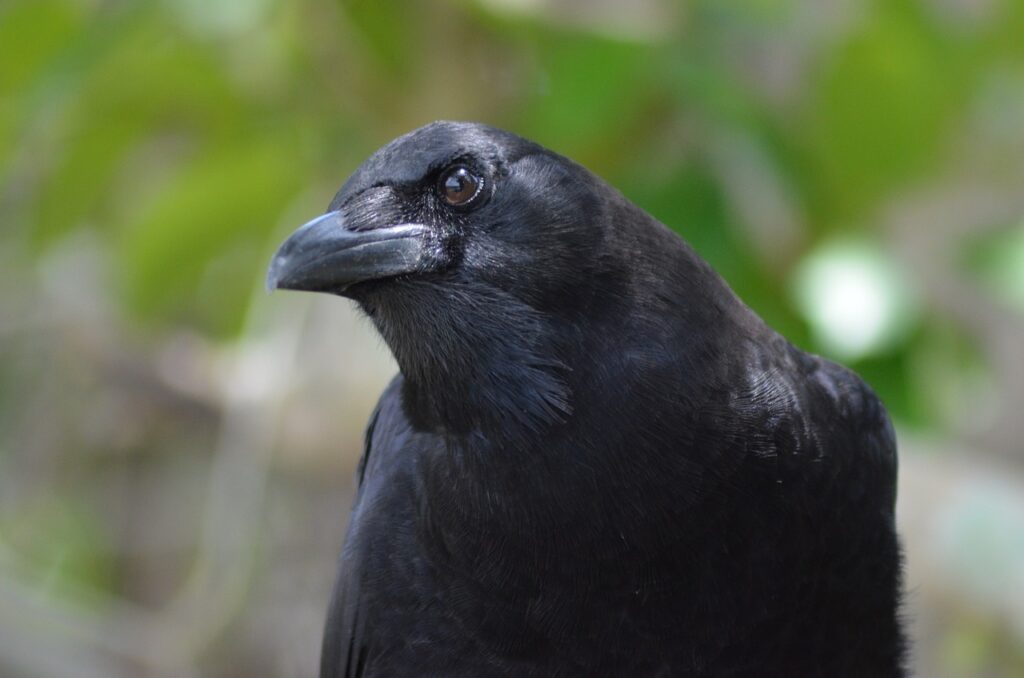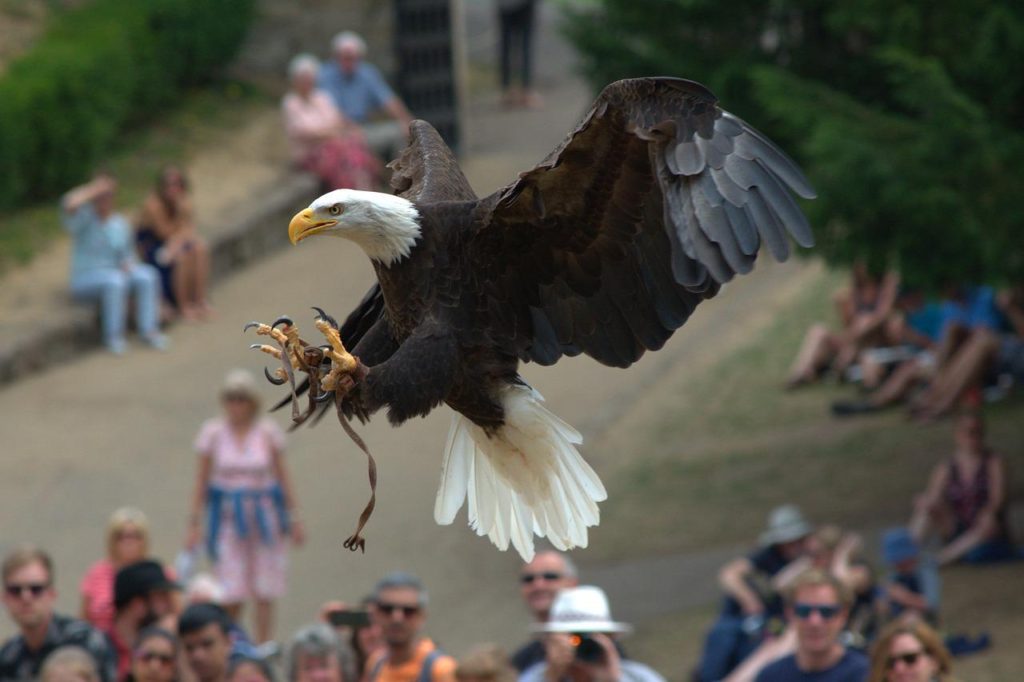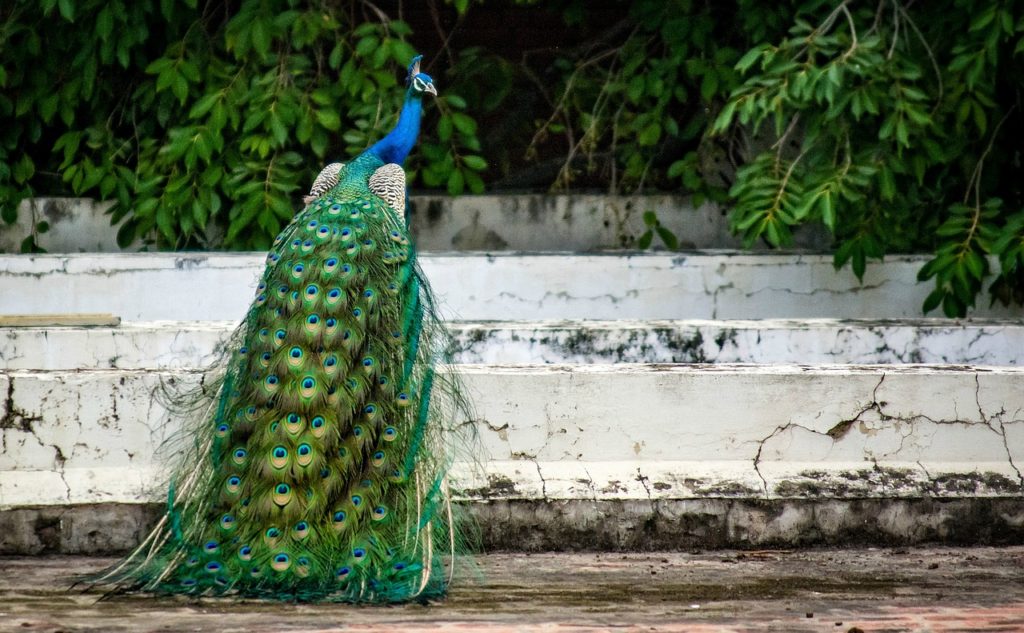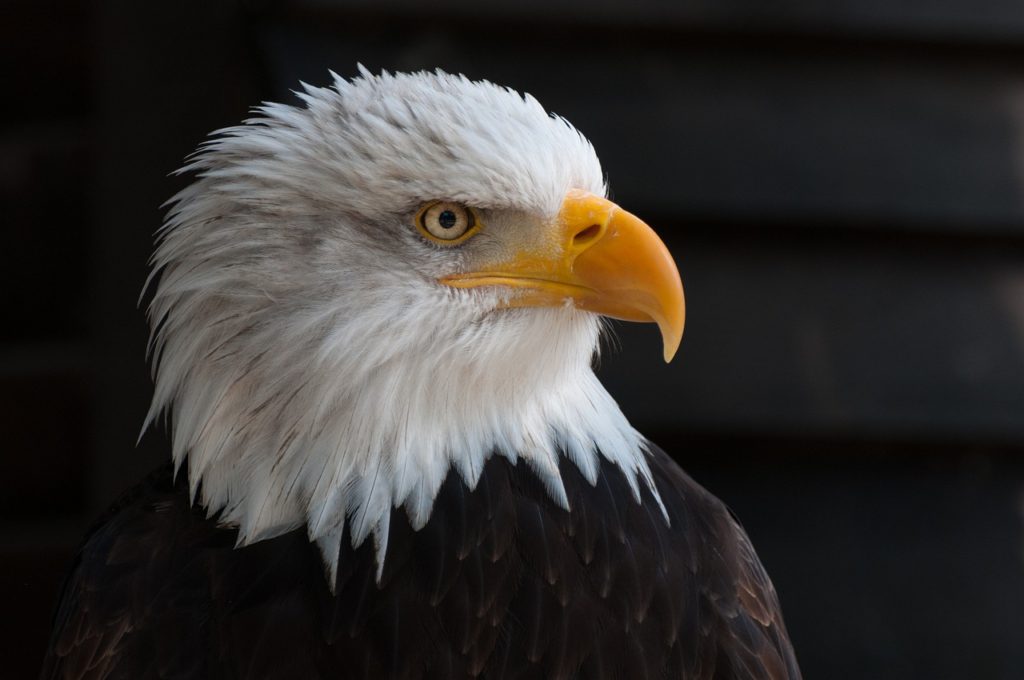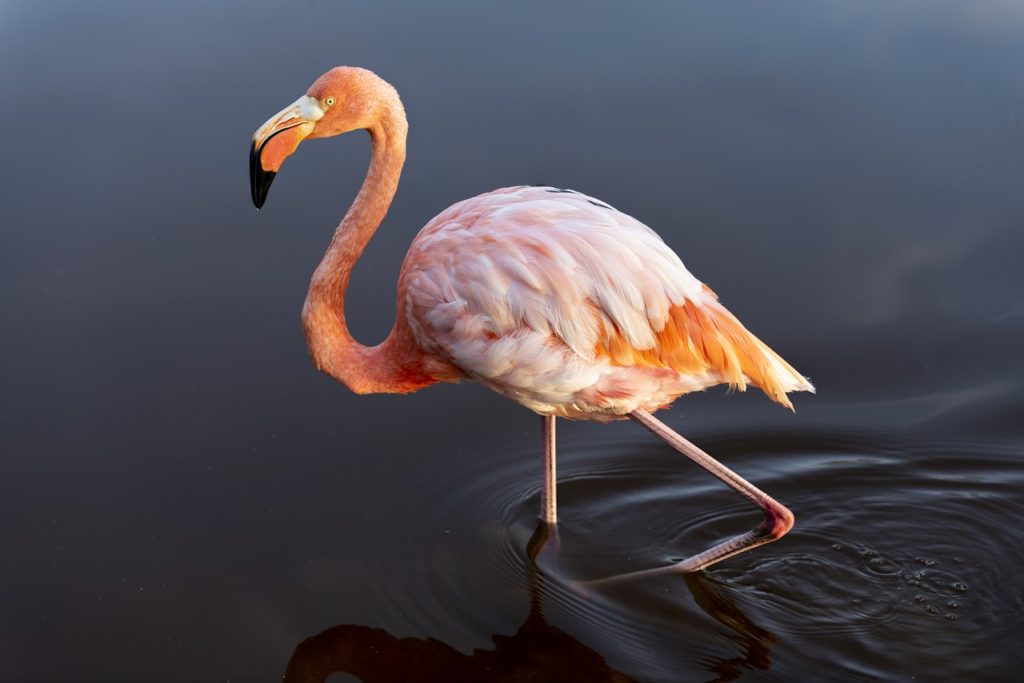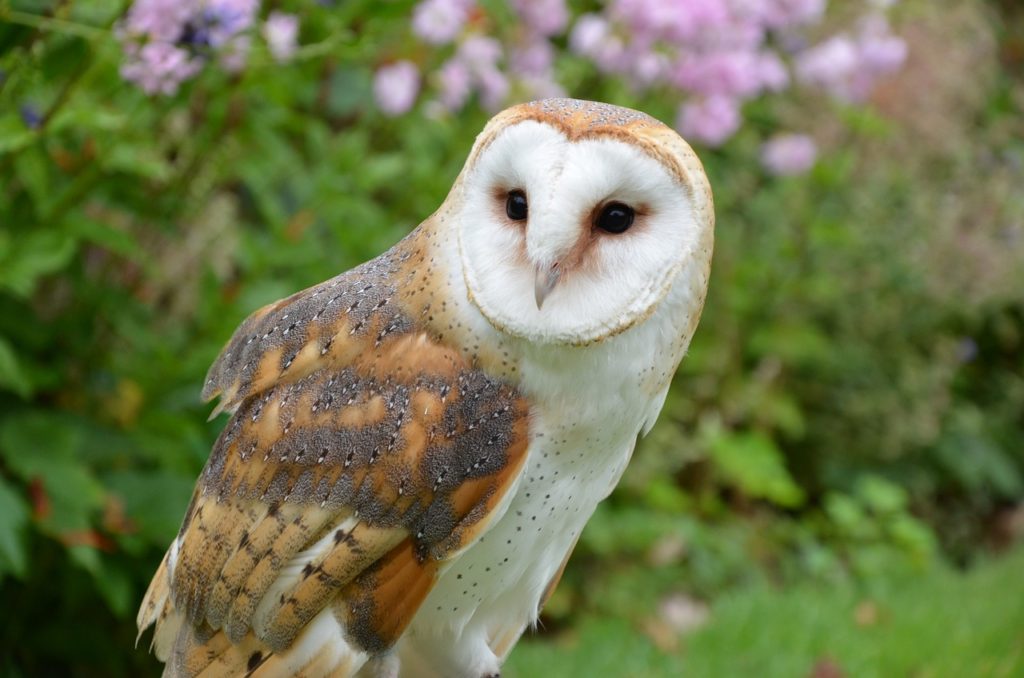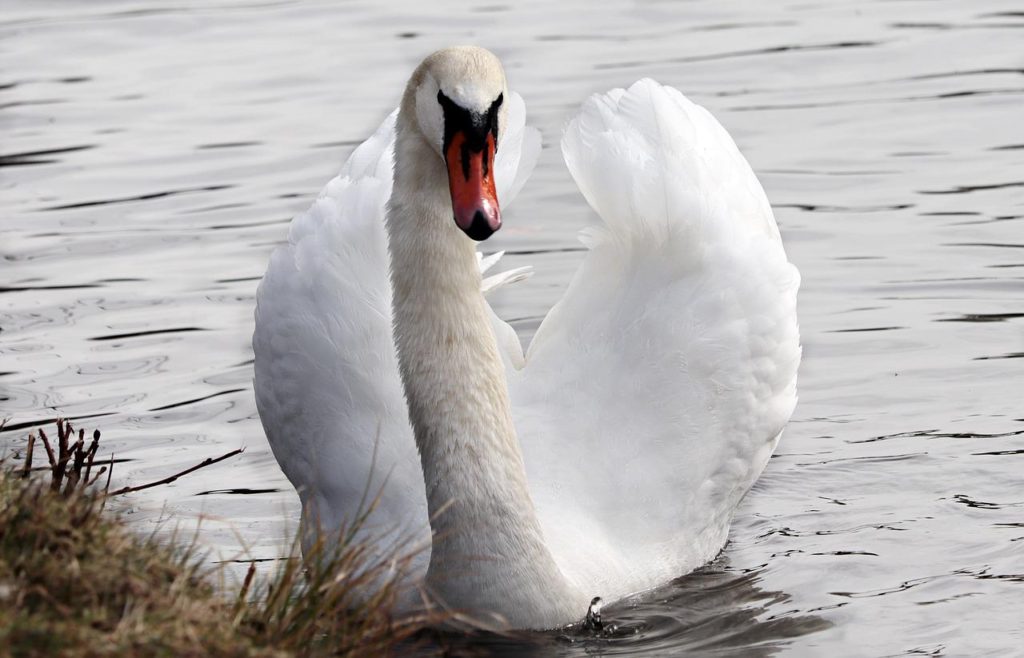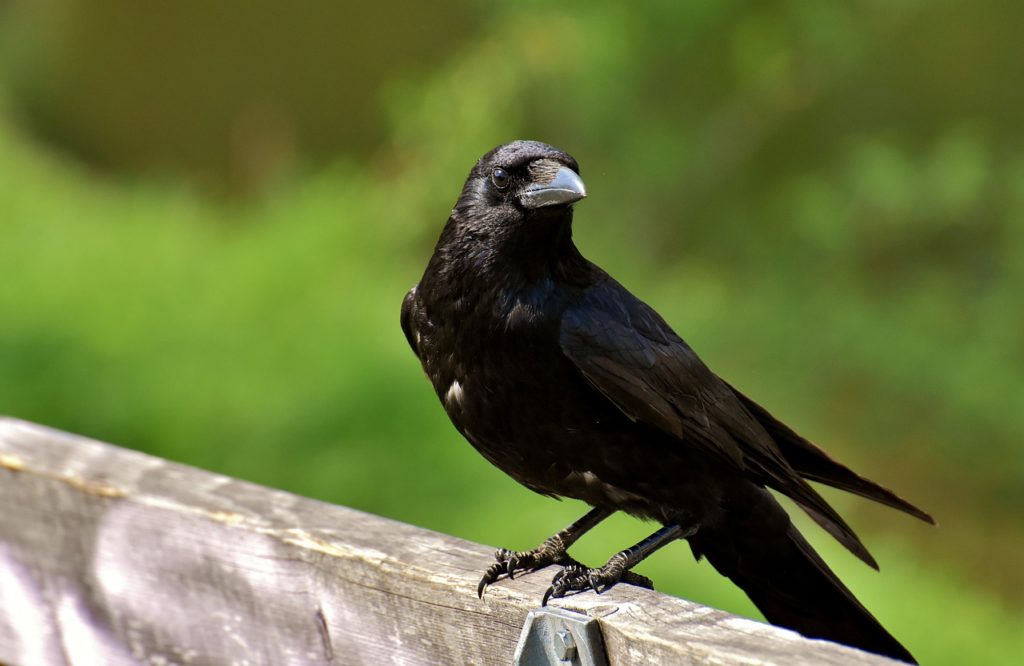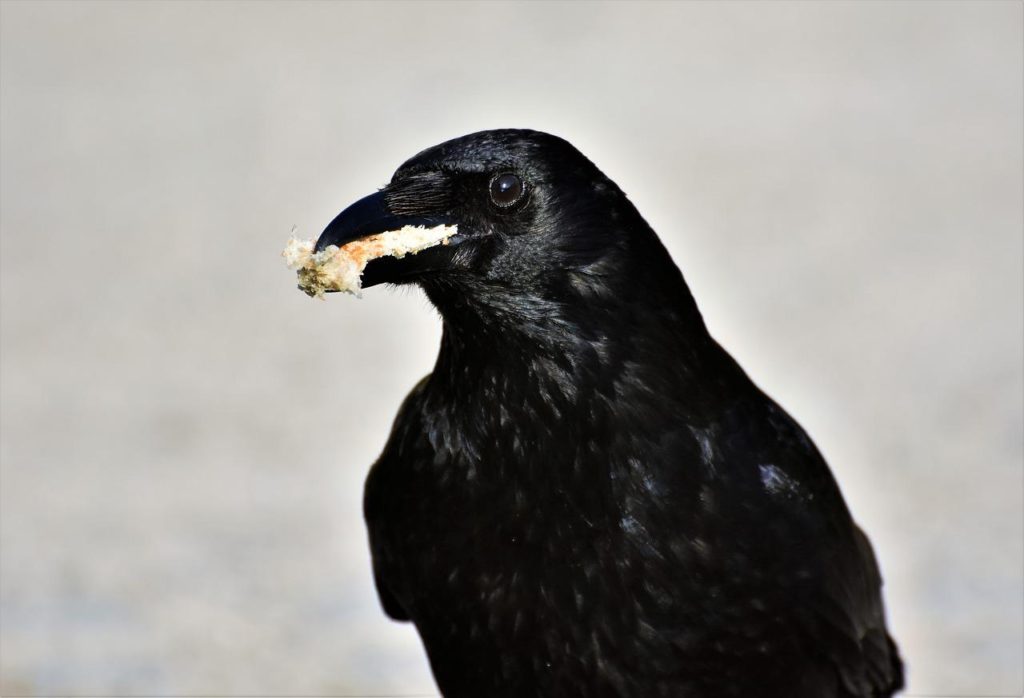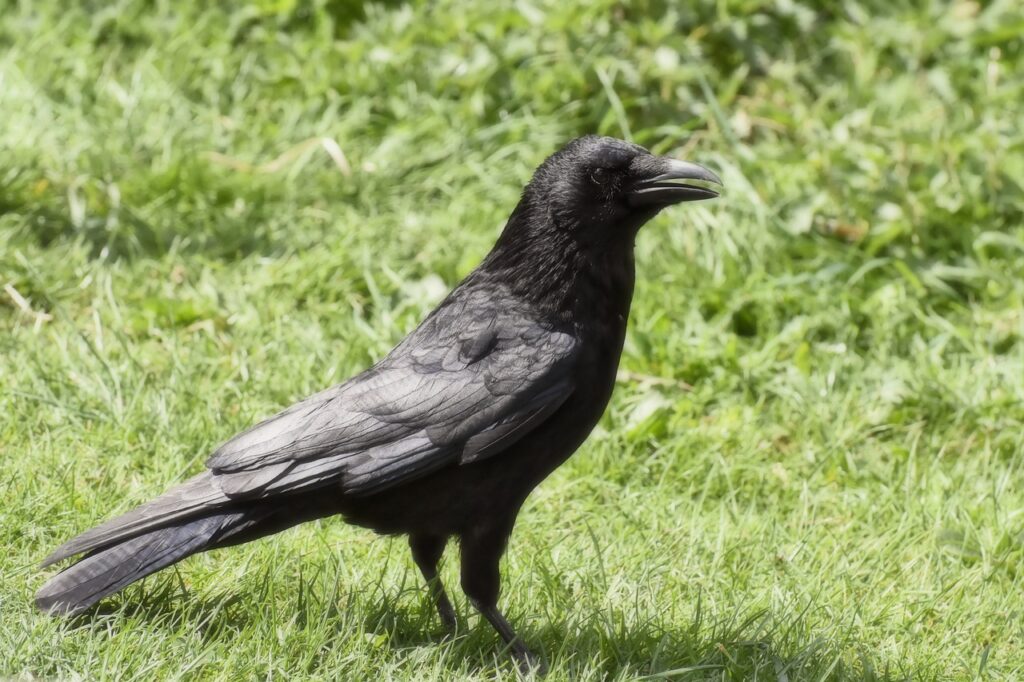
In many places, crows are such a common sight that it can be easy to forget that they actually have many predators. And being “on the menu,” for a range of other animals is actually why these birds are so wary. That being said, here is everything you’ll want to know about the most common predators of crows and their relationship with them.
Natural Predators Of Crows
Crows have many natural predators. Birds of prey, for example, are common crow predators. This includes many species of eagles, hawks, falcons, and owls. They are powerful birds with sharp talons and beaks which they use to kill their prey. And while the rest hunt during the daylight hours, owls hunt crows at night and are a major threat to roosting crows.
Another common crow predator are actually ravens. Ravens aren’t birds of prey and despite being close relatives of crows there is no love between these species. Ravens will raid any crow’s nest they come across eating the eggs or young. Mammals like cats, coyotes, foxes, and raccoons will also prey on crows. Cats both feral and domestic are notorious killers of birds.
And they kill enormous numbers each year worldwide. Even though we associate them with being cuddly pets, they are natural hunters. And they may use a variety of techniques to catch and kill birds including crows. This may include stalking, pouncing, and ambushing them. Cats are also skilled climbers which gives them the ability to get to crow nests and eat their young.
Coyotes, foxes, and raccoons occasionally are able to take down crows when they are on the ground, however, they usually need to catch them unaware when the crows are distracted doing something else such as feeding. Although as skilled climbers with a keen sense of smell raccoons are also a threat to their nests.
There are a variety of snake species that kill and eat birds including crows both on the ground and in the trees. And there are many tree-climbing snakes that will eat their eggs and young as well.
Human Threats
While we don’t have a typical predator/prey relationship with crows humans do occasionally kill crows. And we do so both directly and indirectly. Hunting and trapping crows are used as a way to control their populations, particularly in rural areas where they are considered to be pests.
And in some areas, crows are even poisoned, which can have the unintentional consequence of killing a range of other species as well. Although nowadays non-lethal methods of deterring crows are becoming more and more popular such as the use of dead crow decoys and bird cannons among others.
That being said, humans are a threat to crows in other ways too. Crows are at risk when exposed to pollution, dangerous chemicals, and pesticides in their environment. Habitat loss due to urbanization and deforestation is also dangerous to crows as well and may lead to their deaths indirectly.
Adaptations of Crows to Avoid Predation
Crows are truly amazing birds. And they have developed a number of adaptations to avoid being killed by predators. Crows live in groups and they will use the power of their numbers to help drive predators and even people away. When crows spot an enemy the entire group attacks. This is known as mobbing and it’s highly effective and intimidating. Birds of prey in particular are often mobbed by crows.
Crows will also roost in large groups during the fall and winter months. This provides the birds with safety in numbers as they sleep. Crows use a variety of vocalizations and alarms to communicate with one another. And they even have specific calls to alert their group about specific crow predators such as hawks and eagles for example.
In addition to their highly aggressive behavior during the nesting season, crows will also build their nests in locations that are difficult for predators to physically get to. For example high up in tall trees. Often crows will choose tall trees that are located near open fields. This helps with visibility allowing the crows to quickly spot threats so they can sound the alarm and or mob them.
Impact of Predator Populations on Crow Populations
Predator populations can have a big impact on both the size and behavior of crow populations. For example, when there is a large number of birds of prey in an area, the local crow population may decrease not just from being hunted, but from the resident crows avoiding these areas or even in some cases abandoning their territory altogether.
Crows are adaptable and will often adjust their behaviors when there is a high number of predators. They may lay their eggs earlier or later in the nesting season than normal to avoid doing so when predators of crows are most active. Or crows may simply become more vigilant and mob threats even more aggressively to chase them out of the area.
Interestingly in some cases, having more predators actually benefits crows, since they may take out other crow threats. For instance, having a high number of eagles can help to reduce the local raccoon population. And that in return reduces the number of raccoon raids on crow nests.
Start Shopping for Birding Supplies!
Crow Symbolism: Everything You Need To Know
Ever wondered why the crow has captured the imagination of so many cultures throughout history? Let's embark on a fascinating journey through the world of crow symbolism, unraveling its mysteries and discovering its significance across various cultures, religions, and...
Creepy Facts About Crows
Crows are highly intelligent birds that have thrived alongside us humans. However, while they are fascinating creatures, at the same time, there are many things about them that many people find quite unsettling. That being said here as some of the most creepy facts...
Why Are Crows So Loud?
As anyone who has heard their loud "caws," can tell you, crows are very noisy birds. In fact, they are considered one of the loudest of all bird species. But why are crows so loud? Read on to find out. The Importance Of Vocalizations Crows use vocalizations to pass on...
Do Crows Remember Faces?
Crows are known for their intelligence. But do crows remember faces? You bet they do! Here's what you'll want to know. Crow Intelligence Crows are brilliant birds. In fact, their level of intelligence is often compared to that of primates. They are so smart that they...
Why Are Crows Black?
American crows are birds with all-black plumage. But why are crows black? Well, there are several reasons. Read on to find out. Bird Color Basics Birds are some of the most colorful creatures on the planet. And they come in an amazing range of colors from white to...
Are All Crows Black?
When it comes to crows, most people are familiar with the image of a sleek-looking solid black bird. But are all crows black? No, they aren't. Here's what you'll want to know. The American Crow Is Not All Crows The American crow is found throughout most of North...
How Long Do Crows Live?
How long do crows live? That's one of the many questions people ask about these familiar all-black birds. Here's what you'll want to know about the lifespan of crows and what affects it. How Long Do Crows Live In The Wild? In the wild American crows have a lifespan of...
Enemies Of Crows
Crows are a common sight in many parts of the world. However, most of us don't realize that these distinctive jet-black birds face a range of threats even when they are in our own backyards. The following are the main enemies of crows. Natural Predators of Crows One...
Are Crows Territorial?
Are crows territorial? The answer is yes. However, just how territorial they are can depend on several factors. Here’s what you’ll need to know. Territoriality In Birds Territoriality is the behavioral trait of defending and maintaining a specific area territory...
What Eats Crows?
Crows are large and highly intelligent birds that eat a wide variety of foods including many other animals. So, what eats crows? Here are the most common crow predators and what you’ll want to know about them. Birds Of Prey The birds of prey are a group of predatory...
Are Crows Friendly?
Crows are commonly seen, and heard, in close proximity to us in our towns and cities. But are crows friendly? The answer may surprise you. Crows Are Highly Social Birds Crows are social birds that live in family groups. And they are well known for forming close bonds...
Do Crows Mate For Life?
Do crows mate for life? Yes, they do. And this behavior is highly advantageous to them. Here's what you'll want to know. How Do Crows Attract A Mate? Crows are social birds; most of the year, they live in small family groups. During the breeding season, however,...
Birds With Talons
All birds have claws. However, only a few types have the scary-looking and dagger-sharp claws called, “talons”. So here are the birds with talons and what you’ll want to know about each of them. What Are Talons? Talons are the claws of a group of predatory birds known...
Birds With Tails
Just like birds themselves, birds’ tails come in a wide range of shapes and sizes. And some tails of course are more interesting and remarkable than others. The following are birds with tails that never fail to impress! Long-Tailed Tit The long-tailed tit, also known...
Birds With White Heads
There's no doubt about it, birds with white heads really stand out. From small to large they are quite a unique bunch. So here are some of the most fascinating white-headed birds and what you'll want to know about them White-Headed Vulture The white-headed vulture is...
Birds That Look Like Flamingos
Flamingos are wading birds with long necks and legs. These social birds live in groups and have strongly hooked downward-facing beaks which they use to feed on shrimp and other small water creatures. And they are famous for their stunning pink color. With such a...
How To Attract Owls To Your Yard
Owls are nocturnal birds of prey that can be extremely helpful when it comes to controlling rodent populations in a natural way. That is of course if you can attract them to your property by creating an owl-friendly habitat. So keep reading to find out how to attract...
Why Would A Swan Be Alone?
It's widely known that swans are incredibly social and romantic creatures, so it can be disconcerting when you encounter a solitary swan. However, there are several reasons why this might be. So why would a swan be alone? Here's what you'll want to know. But first,...
How To Attract Crows To Your Yard
Crows aren’t always pests as many people believe. In fact, these super smart birds can actually help to rid your property of many common backyard and garden pests themselves. So here’s your step-by-step guide on how to attract crows to your yard! Step 1. Create A...
What Do Crows Eat?
With roughly 40 different species, crows are a common sight in most places around the world. And while most of us are familiar with their appearance and harsh vocalizations, their diet is not as obvious. So what do crows eat? Here's what you'll want to know. What Do...
